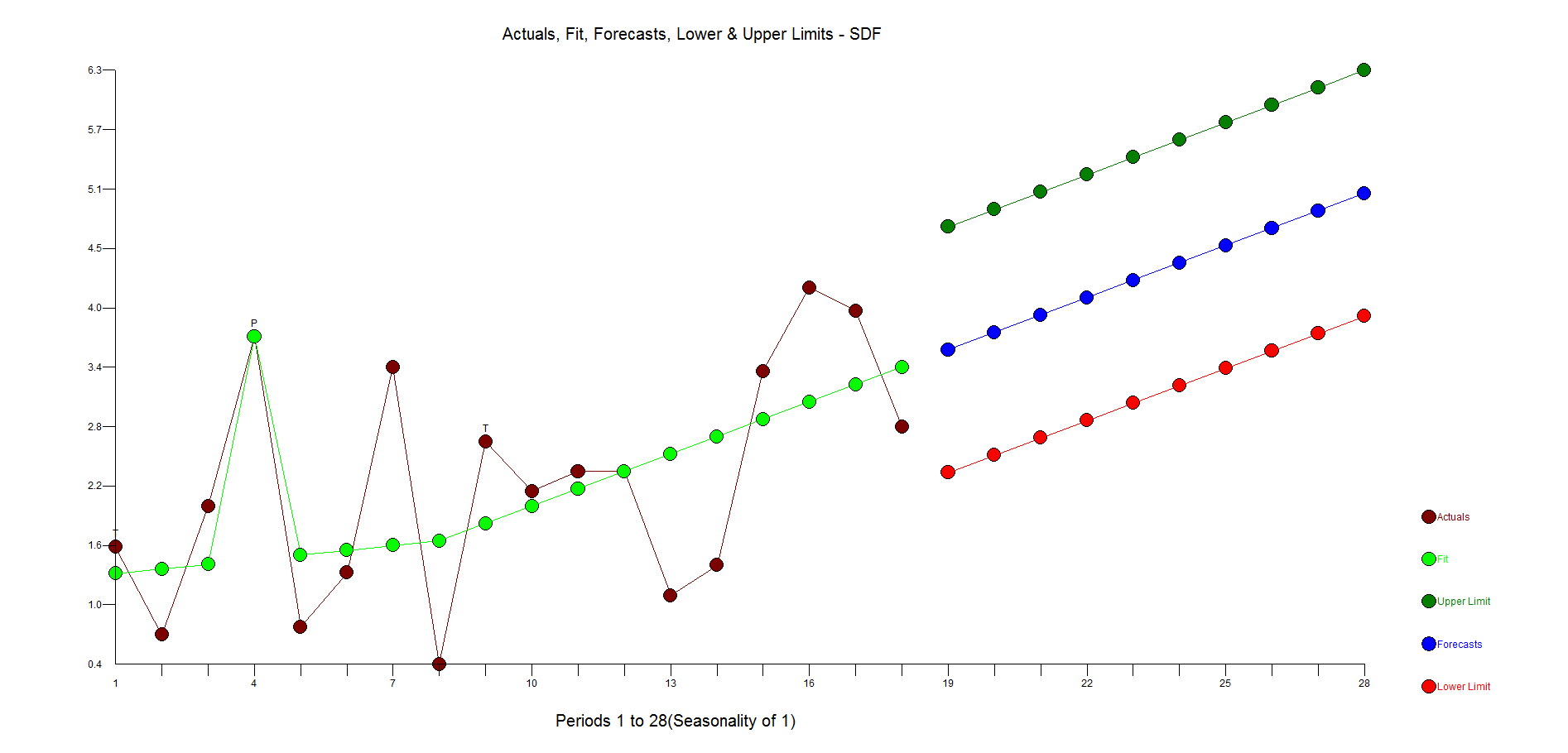I got some users' history data and generated some sequences of real numbers. The length of each sequence is between 15 and 25. What's more, I do not know whether these sequences have patterns and the frequency is not known as well.
My goal is using each sequence to predict its next value, and then I use auto.arima in R to do this. However, the accuracy of the prediction is low.
Anyone have any good ideas to improve the accuracy?
One of these sequences is:
1.5959709882736206
0.7300914525985718
2.0011744499206543
3.6755871772766113
0.8066112399101257
1.3413848876953125
3.371157646179199
0.4400146007537842
2.637667655944824
2.1453769207000732
2.341433048248291
2.3429665565490723
1.1187453269958496
1.4169363975524902
3.328829050064087
4.157748699188232
3.9255290031433105
2.7843635082244873

